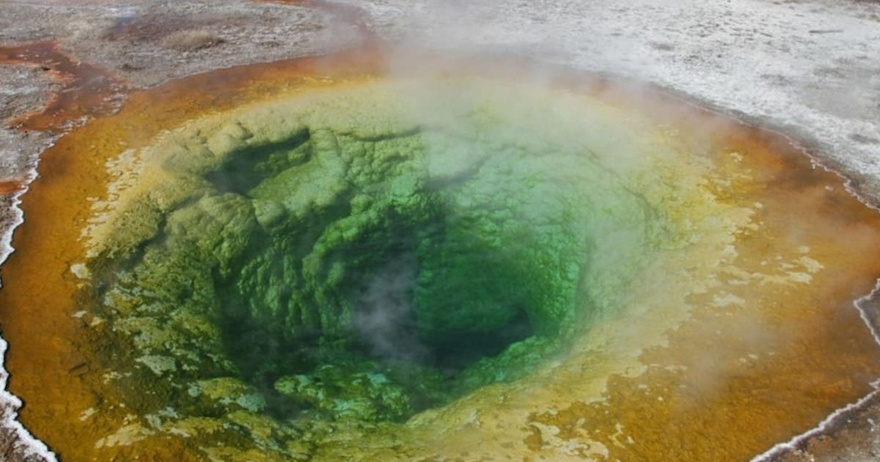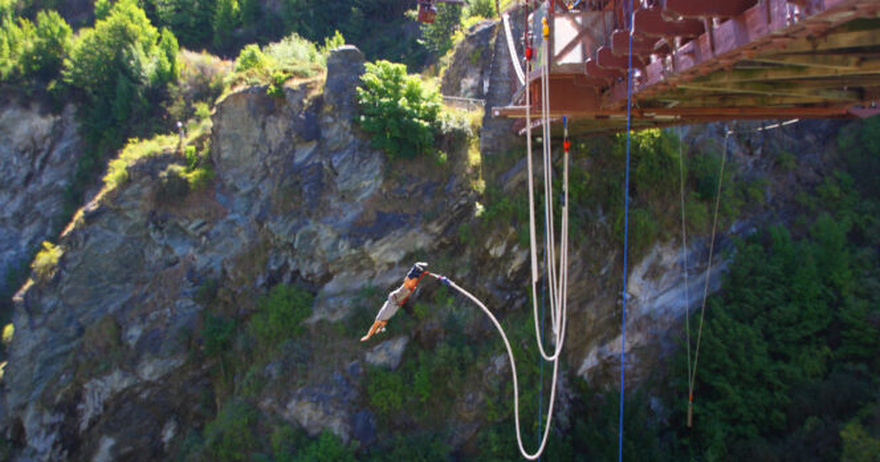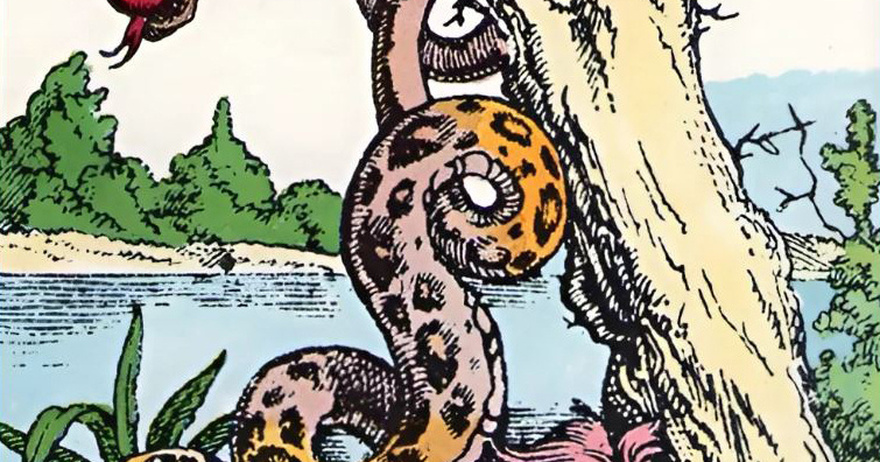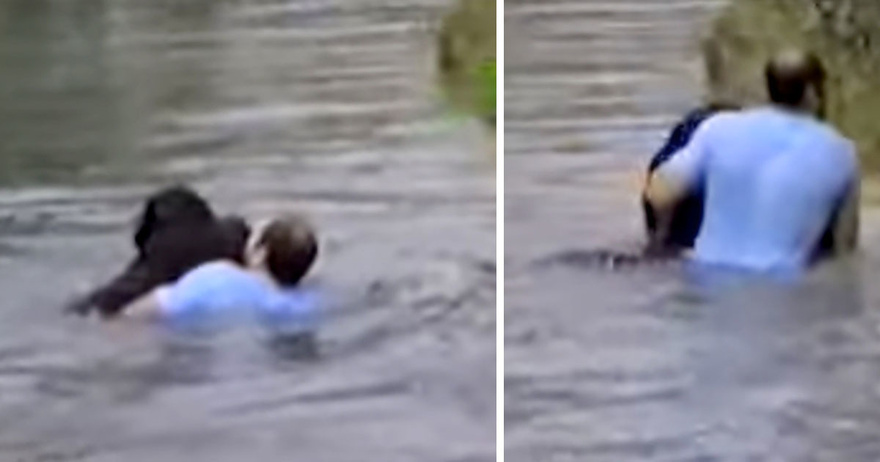Yellowstone National Park, known for its stunning geothermal features, is both a breathtaking and dangerous destination. While the park’s hot springs and geysers attract countless visitors each year, they also hold deadly risks that are often underestimated. One such tragedy is the story of Colin Scott, a 23-year-old adventurer whose fatal accident in one of the park’s hot springs serves as a sobering reminder of the dangers that lurk beneath Yellowstone’s beauty.
The geothermal features of Yellowstone are world-renowned for their mesmerizing colors, bubbling pools, and steamy vents. Among these attractions are the park’s hot springs, which are particularly alluring to curious explorers. Despite their inviting appearance, these springs are extremely dangerous due to their high temperatures and acidic properties. The waters can reach boiling point, and their acidity can cause severe burns or worse, as seen in the tragic case of Colin Scott.
Colin’s story began as an adventurous trip with his sister, Sable, who joined him in exploring the park’s thermal features. While walking off the designated trails—a prohibited act in Yellowstone—the siblings sought to engage in a risky practice known as “hot potting,” or bathing in the geothermal pools. Despite the clear warnings posted throughout the park, the allure of the forbidden led them down a perilous path.
In a moment of misfortune, Colin slipped and fell into one of the boiling springs
The extreme temperatures, combined with the acidic nature of the water, proved to be fatal. Sable immediately tried to get help, but by the time park rangers arrived, it was too late. The spring had already dissolved most of Colin’s body, leaving behind only a few fragments and personal belongings.
The inability to recover Colin’s remains underscores the raw and untamed power of Yellowstone’s thermal features. His tragic death is not an isolated incident—many others have fallen victim to the dangers of the park’s hot springs over the years. Since Yellowstone’s establishment, its beauty has enticed visitors to venture beyond safety boundaries, often with fatal results.
The National Park Service, which manages Yellowstone, has taken extensive measures to warn visitors of these hazards. Signs, educational materials, and stricter regulations are in place to emphasize the risks of venturing off marked paths. Despite these efforts, incidents like Colin’s continue to occur, often due to a lack of awareness or disregard for safety guidelines.
For those visiting Yellowstone, understanding and respecting the park’s rules is critical. The designated trails and boundaries are in place to protect both the natural environment and human lives. Engaging in activities like “hot potting” not only puts visitors at risk but also disrespects the natural wonder that Yellowstone represents.
Colin Scott’s tragic fate serves as a cautionary tale about the unpredictability of nature
The park’s beauty is undeniable, but its thermal features are also unforgiving. As visitors are drawn to the magic of Yellowstone, they must also be mindful of its dangers. With proper precautions, the park can offer an unforgettable experience without compromising safety.
As we remember those who have lost their lives in Yellowstone, let their stories be a lesson in humility and caution. Nature’s power is awe-inspiring, yet it demands our respect. By prioritizing safety and staying within designated areas, we can continue to appreciate Yellowstone’s wonders while ensuring our well-being.
Wendy’s Reacts to Backlash Over Joke About Leaving Katy Perry in Space: ‘Always Bring a Little Spice’
Michael Bublé Is Living The Good Life With His Family In A Multi-Million Dollar Mansion In His Hometown.
Dolly Parton’s best duet yet: ‘There Was Jesus’
Grooving Groom Daniel Lewis’s Epic Dance Entrance With His Boys Makes Wedding Goes Viral.






























